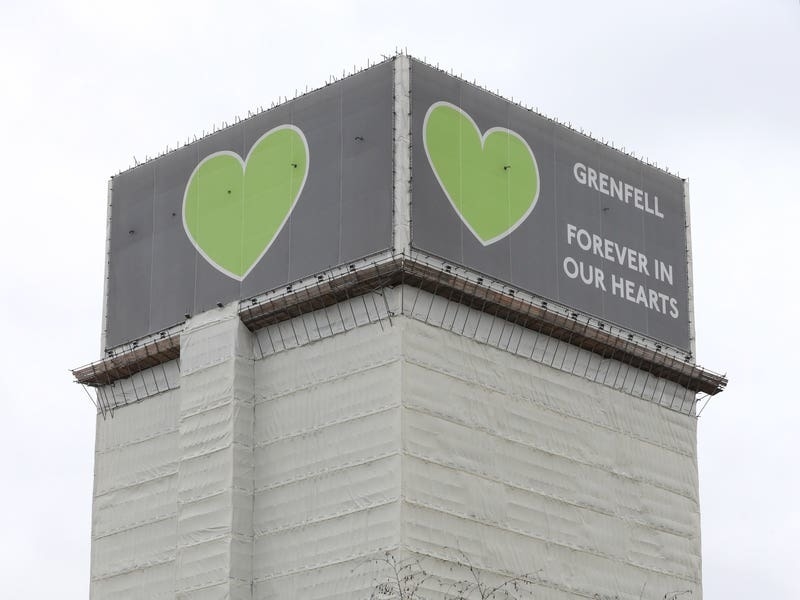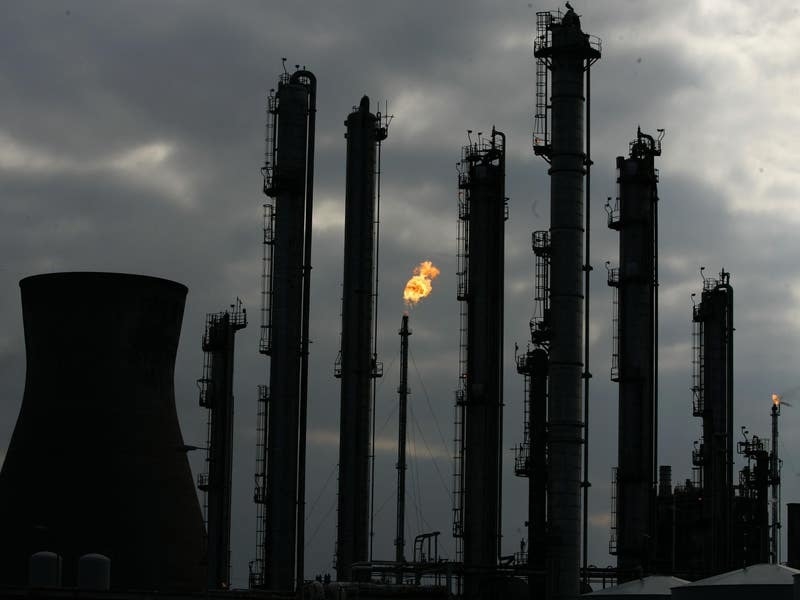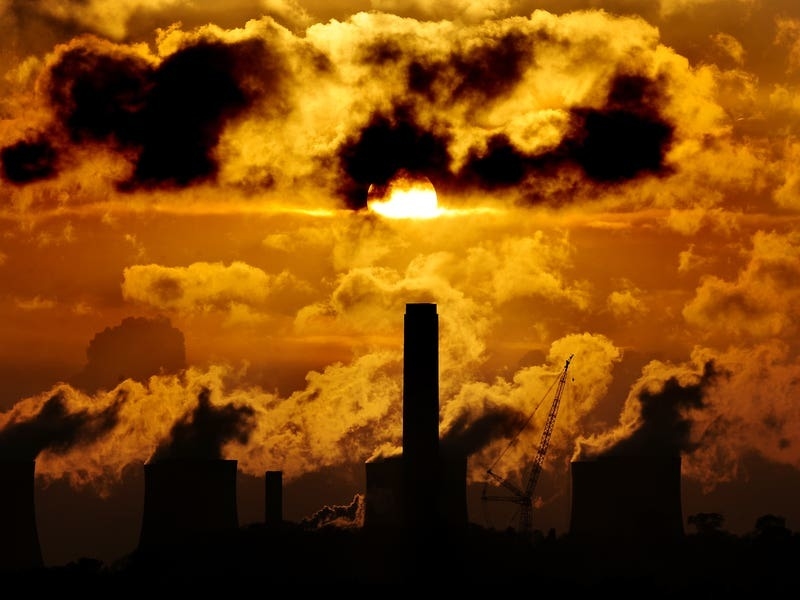A long-awaited report into the deaths of 72 people in a fire at Grenfell Tower is due to be published more than seven years after the blaze.
The lengthy document – the final report of the inquiry into the 2017 disaster – is expected to lay out in detail its findings around the actions of corporate firms in the construction industry, the local authority, London Fire Brigade and government.
A report in 2019, from the first phase of the inquiry, concluded the tower’s cladding did not comply with building regulations and was the “principal” reason for the rapid and “profoundly shocking” spread of the blaze.
This final report, which follows further hearings on the tower’s 2016 refurbishment, will present conclusions on how the west London block of flats came to be in a condition which allowed the flames to spread so quickly.
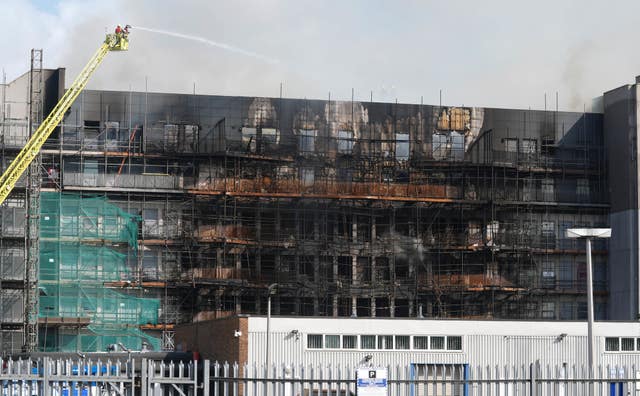
The non-fatal Dagenham blaze, coming so many years after the 2017 fire, prompted fierce criticism from various quarters including bereaved and survivors group Grenfell United, which said it showed the “painfully slow progress of remediation across the country, and a lack of urgency for building safety as a whole”.
Dame Judith Hackitt, who led an independent review into building regulations after the Grenfell fire, described it as “really concerning” that so many people are still living in uncertainty and fear about the safety of their homes.
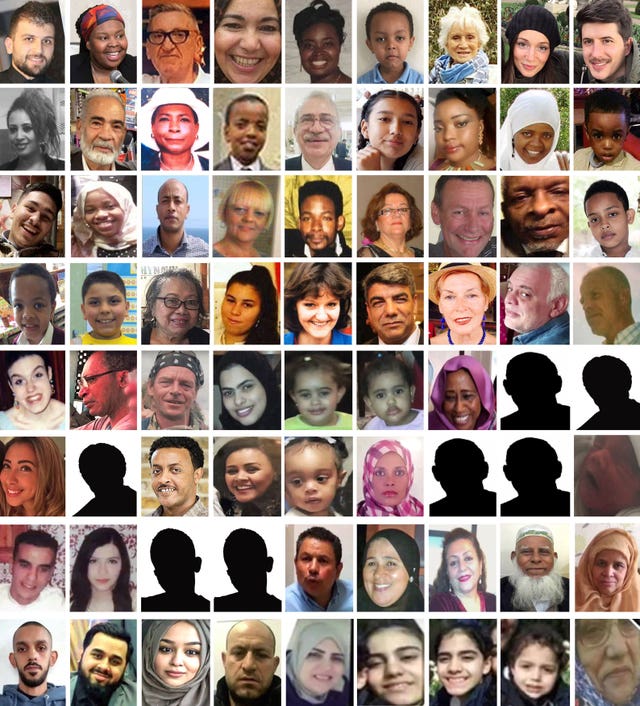
The Fire Brigades Union has said the Grenfell fire “was a crime caused by deregulation and institutional failings at the highest level”.
The final hearing of the second phase of the inquiry took place in November 2022, with families having previously spoken of their long wait and continued fight for justice.
The report’s findings could ramp up pressure on police and prosecutors to make speedier progress on getting people before the courts – something many bereaved and survivors have said must happen for justice to be served.
In May, the Metropolitan Police said their investigators need until the end of 2025 to finalise their inquiry, and prosecutors will then need a year to decide whether charges can be brought.
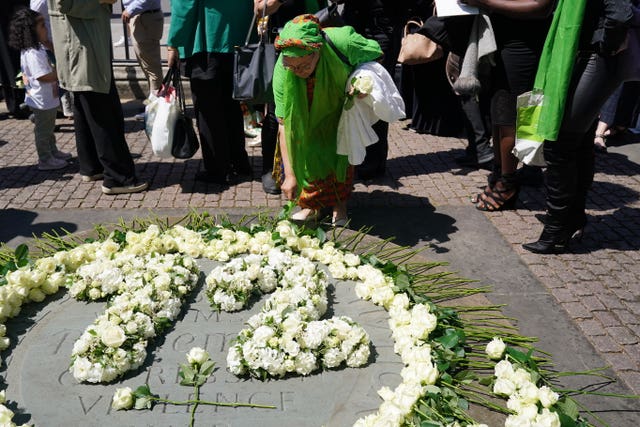
According to the update from police and prosecutors earlier this year, the mammoth police investigation into the fire has already generated 27,000 lines of inquiry and more than 12,000 witness statements.
A total of 58 individuals and 19 companies and organisations are under investigation for potential criminal offences, and more than 300 hours of interviews have taken place.
Potential offences under consideration include corporate manslaughter, gross negligence manslaughter, perverting the course of justice, misconduct in public office, health and safety offences, fraud and offences under the fire safety and building regulations.

